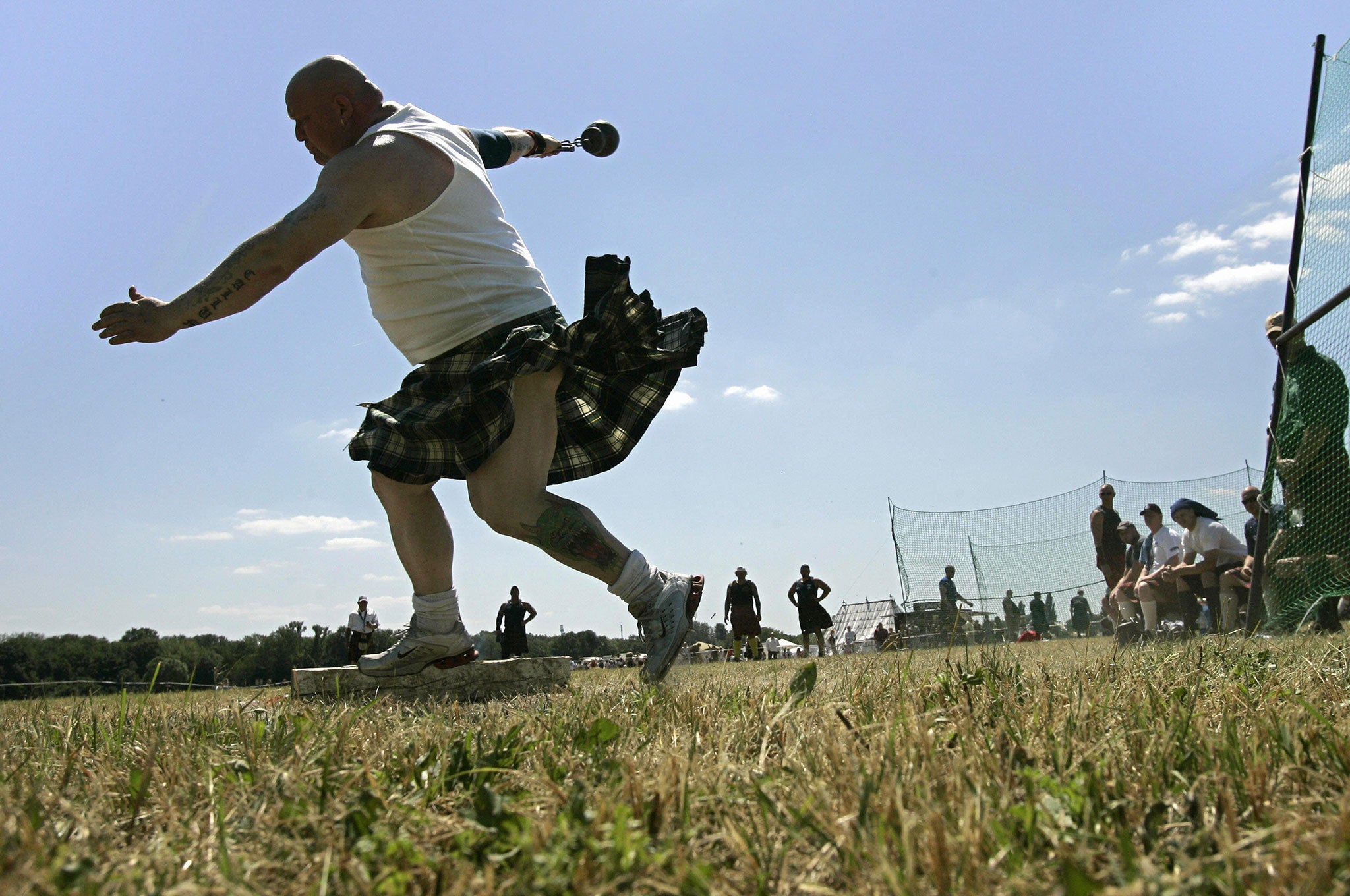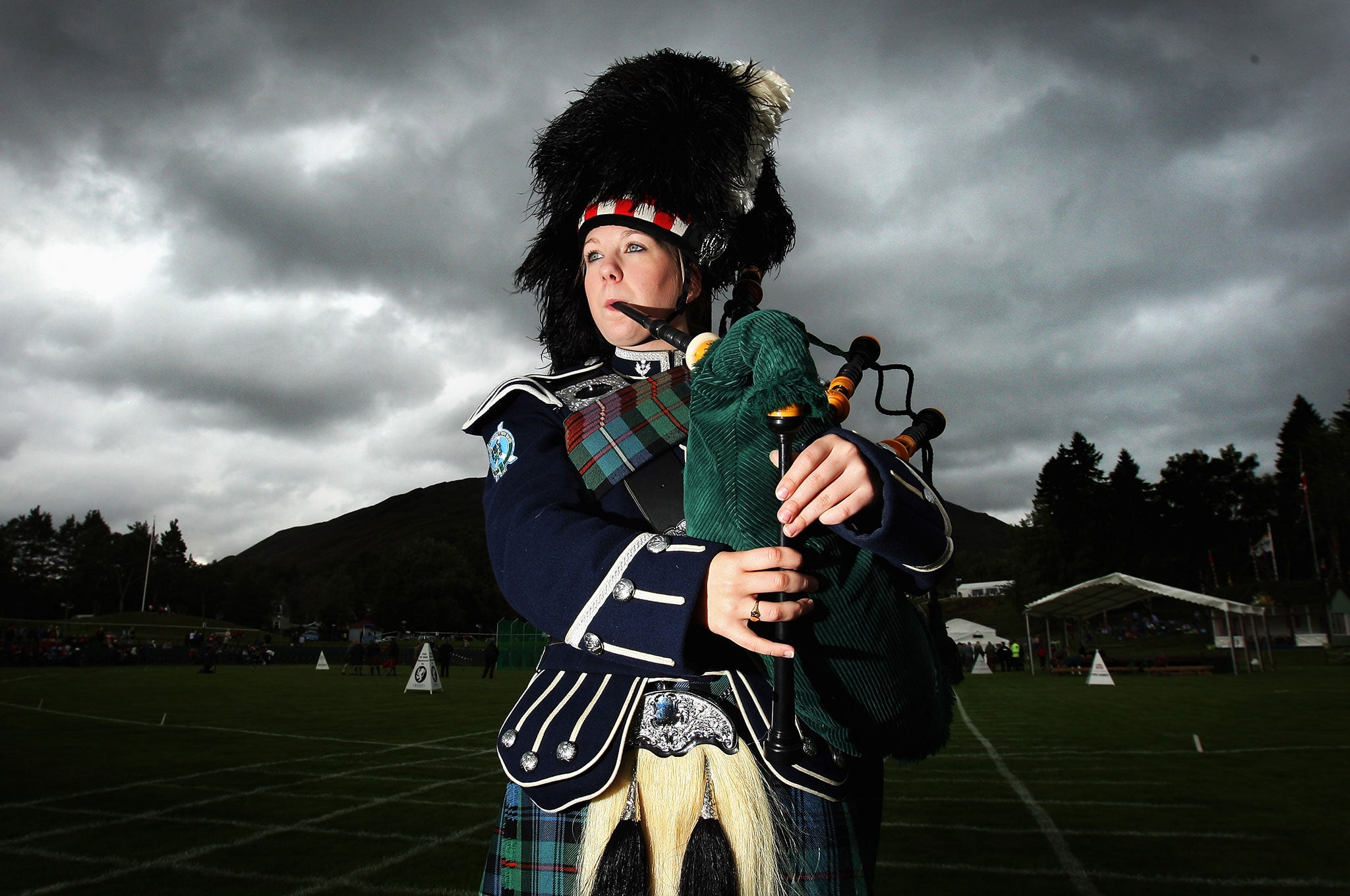Your support helps us to tell the story
From reproductive rights to climate change to Big Tech, The Independent is on the ground when the story is developing. Whether it's investigating the financials of Elon Musk's pro-Trump PAC or producing our latest documentary, 'The A Word', which shines a light on the American women fighting for reproductive rights, we know how important it is to parse out the facts from the messaging.
At such a critical moment in US history, we need reporters on the ground. Your donation allows us to keep sending journalists to speak to both sides of the story.
The Independent is trusted by Americans across the entire political spectrum. And unlike many other quality news outlets, we choose not to lock Americans out of our reporting and analysis with paywalls. We believe quality journalism should be available to everyone, paid for by those who can afford it.
Your support makes all the difference.The Commonwealth Games may have finished, but other, altogether more local events, the Highland Games, have been playing out all over Scotland’s wild north this summer.
The great-granddaddy of the Highland Games – the Masters World Championship – takes place next month, and gazing through the programme my eye is caught by a planned assault on a world record for mass caber-tossing. The record stands at 49, but the Games are aiming for a whopping 150 cabers to be simultaneously launched into the air.
Looking around me, in the Torrachilty Forest above Contin, just north of Inverness where the games will be staged, I see the organisers are not short of raw material for their world record attempt. Caledonian Scots pine was historically the natural coverage of much of the United Kingdom.

“If you think about caber tossing, it’s basically people playing around after work on the farm,” Gerry Reynolds, events officer for the Highlands Council had told me before I set out. “It’s young farm lads messing around with the tools of their trade.”
I’ve barely begun my walk through the forest but I’m already bewitched by the twisted branches and the deep, dark and moody treeline that muscles up along the side of the path. Red kites flick overhead like gliders, the tail feathers moving mechanically like rudders.
When I pause and allow my eyes to adjust to the gloom of the woods, I pick out a flock of crossbills – a bird well named, as its overlapping beak has evolved to pick away at the pine cones of these woods.
Everything feels very remote. Apart from the birds, I only encounter two other people. The route is easily navigable, with a clear circuitous path that is guided by green waymarkers.
The trail quickly winds uphill through birch wood and I’m struck by the colour scheme that nature has laid on for the walker here: piebald tree trunks, rich, dark green leaves, decaying bracken turned a deep russet colour and rocks entombed in mosses. The lichens are striking, cloaking the south-facing side of the trees in a grey-green lattice that look like luminous cobwebs.
There’s a steady climb through a plantation of silver birch to an old stone wall with a bench, but I keep walking to make for View Rock, a large, exposed summit that opens out across Loch Achilty. I’m not allowed to pause for too long as the midges begin to descend on me. They’re indefatigable creatures, seemingly able to drill through denim. The path swoops downhill, past a delightful clearing where roe deer graze in a glade that somehow has a primordial feel to it. Then I re-enter the pine forests.
The organisers are aiming for this year’s Highland Games to be the biggest on record and for them to throw the spotlight on Highland culture and the wider homecoming celebrations of the clans that have dispersed around the globe. I’d mentioned to Gerry that as an outsider I found it difficult to put my finger on what the culture really represented. “Where the Highlands start and where they finish is an interesting debate,” he said. “It’s a real wilderness out here, there’s a lot to explore, when you walk anywhere, you are walking past history.”
It’s a point well made, as just two miles away, though accessible on a more arduous walk, lie the deserted and melancholic remains of Rogie township, which was cleared in 1809. It’s a pitiful site and worth the effort to visit. My walk is altogether more uplifting. Towards the end, I pass a monumental Scot’s pine. I try to put my arms around it, in the best tradition of tree-hugging, but I can barely embrace a third of its girth.

I’d hoped to spot either a wild cat or a pine marten, as they’re both increasingly common here. I’d nearly run one over a little further east on the Black Isle on my journey here. But the shaded gloom does little to increase my odds of seeing one. Instead, I have to settle for stepping around some unusual animal dung. I come across it towards the end of the walk, as the path drops down towards the car park.
I’ll spare you the details, but it’s the sort of thing that would get Chris Packham and his Autumnwatch colleagues overheated with excitement: by deduction I decide it must be that of a wild cat. Increasingly rare, this wild feline would make short work of our spoilt, over-fed and urban tabbies. I look up and stare into the deep, dark forests one last time. It was probably my imagination, but was there a pair of eyes staring unblinkingly back at me?

Join our commenting forum
Join thought-provoking conversations, follow other Independent readers and see their replies
Comments